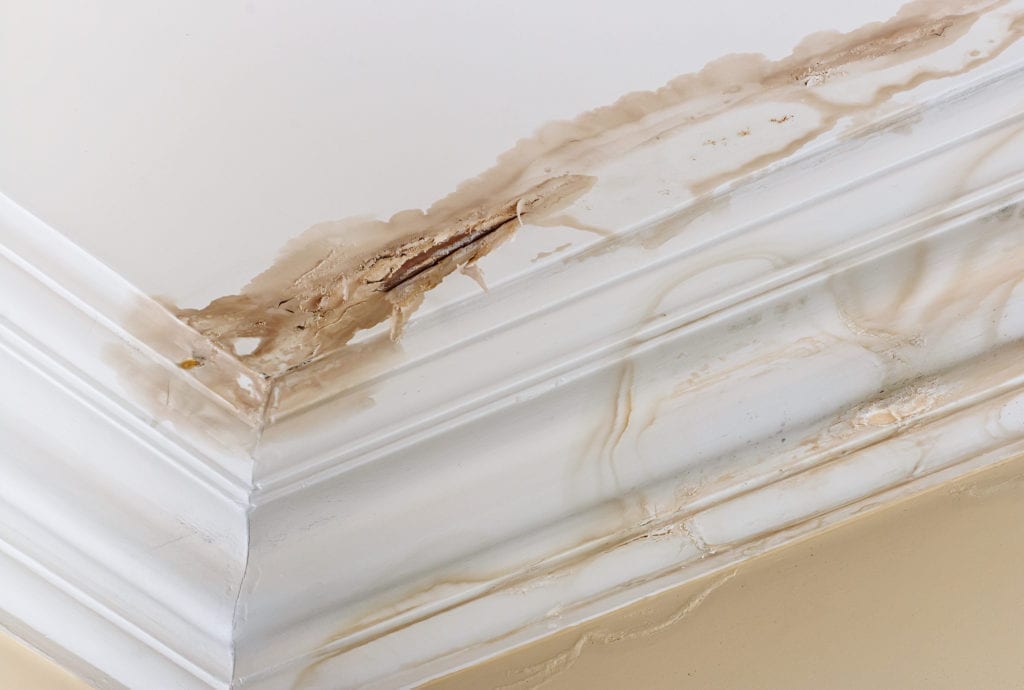
It can be slow and somewhat subtle at first, but water leaking through your foundation walls can be precipitant. And it can dramatically affect the well-being of your home, and all of you living in it!
Water Always Has Physics on its Side
You may not like it, but it’s a reality. Water just has a way of finding its way through the smallest of places. And your foundation walls are a popular venue for water movement.
There are three common causes for foundation wall leaks:
1) Contraction – this is the shrinking effect that takes place if your cement in your foundation walls doesn’t cure or dry appropriately. Small hairline fractures appear and can lead to leaks.
2) Compression – this is the act of settling. Some of this occurs naturally shortly after a home is built. It can continue and become more pronounced resulting in cracking and other openings.
3) Displacement – this is the shifting action that can occur around your home. Dry land may be known as terra firma, but undulating movements of the ground and earth are not uncommon. Unfortunately, this can create cracks which are an open invitation for moisture.
No Perfect Barrier of Protection for Your Foundation
Even with interior waterproofing techniques that include high-performance paint, other layered coatings and expanding urethane sealant delivered as an injection method, professionals will tell you all cracks will eventually leak.
Catching Water from the Bottom Can Help
Sump pumps can be an efficient way to remove water that gets through your walls and floors. But always remember to have a sump pump checked annually to maintain proper performance.
The Best Offense is a Strong Defense
Managing your moisture on the inside of your residence can best be handled with water control on the outside. And that means keeping water from getting near the foundation of your home.
Smart Landscaping Makes a Big Difference
Much water prevention can be done up close to your home, and it can be made to look great too! Simple things like keeping a flow-away soil or landscaping material grade around your house can be an integral step in keeping unwanted water at bay. Also, you can use plastic weed barrier to create a slope to let gravity move rainwater away from your structure – naturally.
Think Top Down
Your roof is a giant rain collector. Roof lines and gutters play significant roles in driving water away from your foundation. So, consider your options. Larger 6-inch inch downspouts are a wise choice. So are rain gutter guards for stopping debris from becoming a clogging issue that can result in unneeded overflow, right up against your foundation!
Know Your Low Points
Be prudent to notice and act on pooling water. Devise a way to drain or channel the water away from your home. A French drain or rock drain on the surface or under the grass or landscaping can help promote this vital water movement. Also, plastic tubing can help create useful water flow and redirection.
Collect it if You Can
Rain barrels can be an efficient way to prevent water from collecting where it shouldn’t. Plus, capturing rain makes for a great watering option when things get dry. Just a word of caution, always have a useable overflow option should the barrel become full. Think about how you can integrate any of this excess into a waterscaping plan to further beatify your landscape surroundings.
Treated Materials Matter
Remember, anything that touches your soil around your home must be treated with the most effective waterproofing material possible. Make sure any of your home’s siding or window trim that contacts any part of the ground is fully protected from moisture.
Landscape for Success
The appropriate plants, ground cover, bushes and even boulders along with the creative use of excavation, grading and hardscapes can do wonders for your overall water management. Before considering any landscape design plan, make sure you have a water management strategy for the project. Combining function with beauty makes for great landscaping that is well worth the investment.
